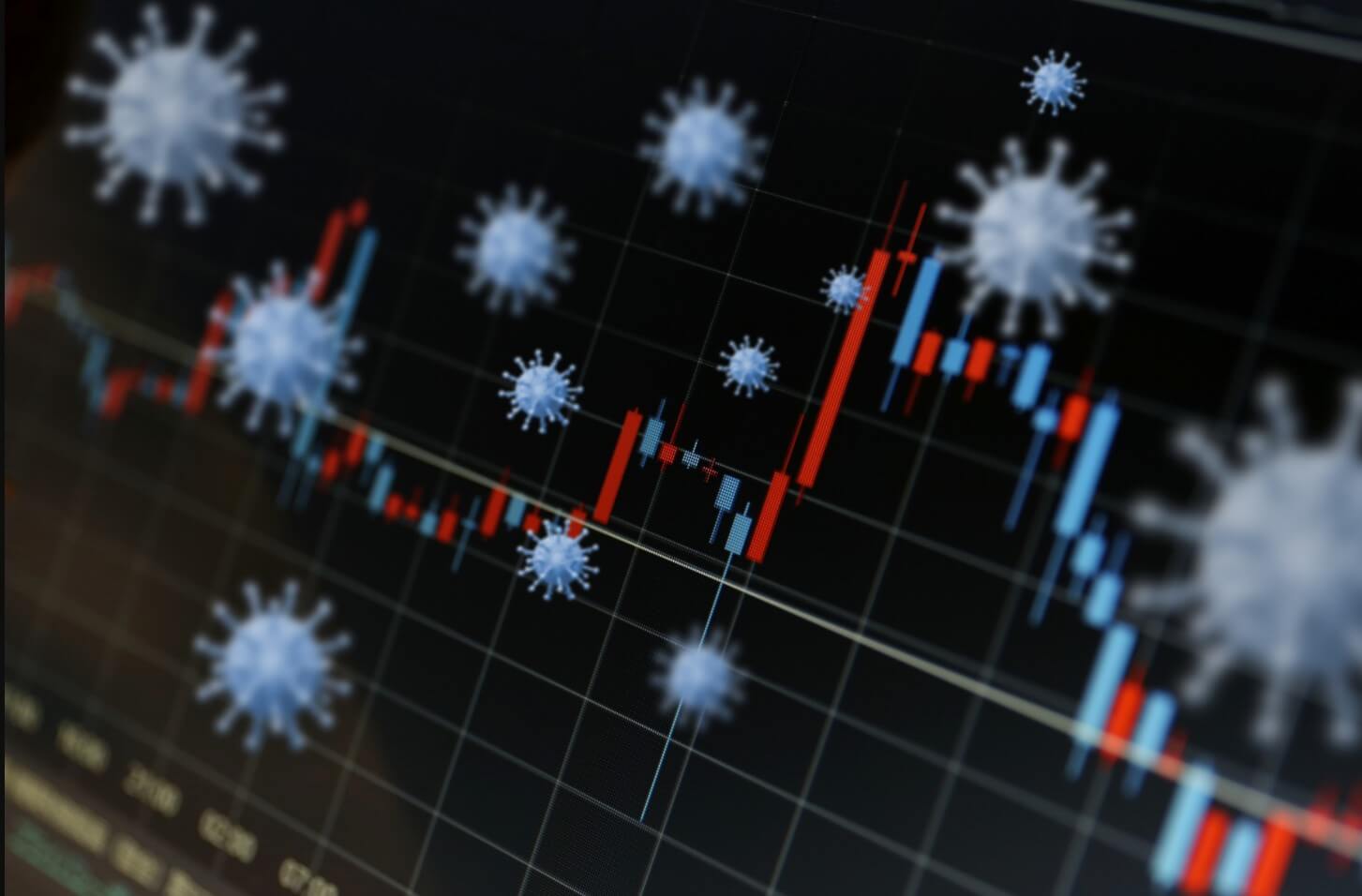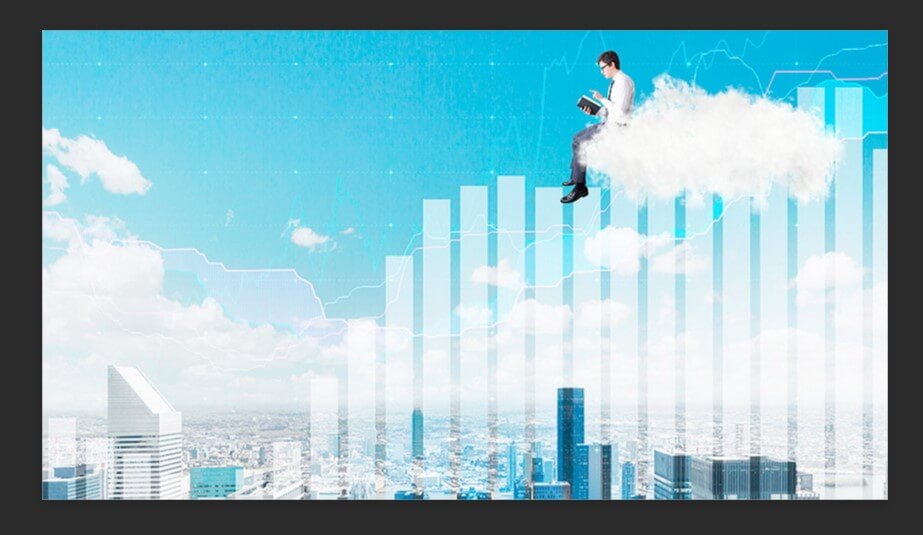The coronavirus situation has rocked the world, everything has changed. People are now working from home, millions have lost their jobs and many have closed their homes, but with all this loss has come an opportunity too. It’s not the nicest thing to say, that this worldwide pandemic that has ruined a lot of people’s lives can bring good fortune to others, but the facts are that it can and it has.
Let’s not forget about how accessible the markets are now, it is incredibly easy to get into trading, all you need is an internet connection, a phone or a computer, and $10 to deposit into your chosen broker. With it being so easy to get into trading, it is no wonder that so many who are now stuck at home or have lost their jobs are looking to forex for something to do or for a new way to make a little money in order to make up for the lost income. The impact of the coronavirus on the markets have been huge, if you have read the news or watched it on TV then you would have seen the devastation that it has caused the world’s economic markets with crashes in the markets and stocks all over the place. With those losses, so many have seen the opportunity to take advantage of it and more and more people have been moving into trading.
Probably the largest factor that has contributed to the increase in forex trading during the pandemic is the rate of unemployment, millions of people have lost their jobs already and more will do so as time goes on. The unemployment rates have hit record highs in many countries around the world with very little to stop it, especially as new lockdowns are now coming into place. With the increase of unemployment, the number of people sitting at home has increased which has in turn led to people looking online for ways to make money one of the most prominent of those is trading and forex.
Many large corporations have lost value in their stocks, a lot of stocks, people have seen this as an opportunity to begin trading stocks, this trading of stocks is a pathway into forex trading for those that want a slightly faster-paced trading experience. There has also been an increase in the demand for the US Dollar, this is normally due to the fact that the USD is seen as the world reserve currency and this increase in demand has also helped to fuel the markets and the volume of trading, particularly on USD based currency pairs. There has also been a large increase in trading in areas such as southeast Asia, Eastern Europe, and Africa.
In terms of volatility in the market, over the past few years, the amount of volatility in the markets has been slowing which has made the markets a little less desirable for newer traders. With the impact that the coronavirus and the pandemic have caused, the volatility within the markets has increased dramatically. Due to this, the amount of profits that can potentially be made has also increased. This increased profit potentially has given a lot of people the hope of making a little extra money or to replace their lost jobs. However, this increased profit potential is also potential for loss and when people are getting desperate, there is an opportunity for people to use more than they can afford, again increasing the volume of trades being made.
There has also been a rise in something known as copy trading, this is simply where you sign up to an account, deposit your money, find a trader that looks good, and then your account will automatically copy their trades. There has been a lot of added advertising online regarding services like this, most likely trying to take advantage of the increase in the loss of jobs around the world. These services make it very easy to get into trading and forex, simply because you do not need any experience to do it, which is the perfect idea for someone who has lost their job and needs some money.
The increase of accounts on these copy trading services has also increased the amount of trading volume that is being put into the markets. Of course, the smaller traders and retail traders only make up a very small amount of the overall trading volume. The larger corporations are where a lot of it comes from. The loss of value to the stocks and shares for a lot of these larger organisations means that those of them that trade, will be putting more of a focus on that aspect of their business in order to try and make up for the loss of profits and capital, thus increasing the volume of trades being made.
Along with the pandemic, there has been a lot more going on in the world that could be affecting the markets as well, there is the Us election and Brexit going on which have also presented a lot of trading opportunities and also added to the volatility of the markets, with all three things going on at the same time it has created a hailstorm in the markets with the markets jumping up and down a lot, the three combined has created the opportunities that a lot of new traders are now trying to jump on.
The pandemic has caused a lot of turmoil around the world, which has, in turn, left a lot of people looking for money, this has presented those people with a lot of opportunities to join the trading and forex world in order to make a little bit of money to get by. The ease of access to forex trading in 2020 and beyond will only make things easier, the world has most likely been changed forever, so it is important that people find a way to get by and for many trading and forex is that option.



